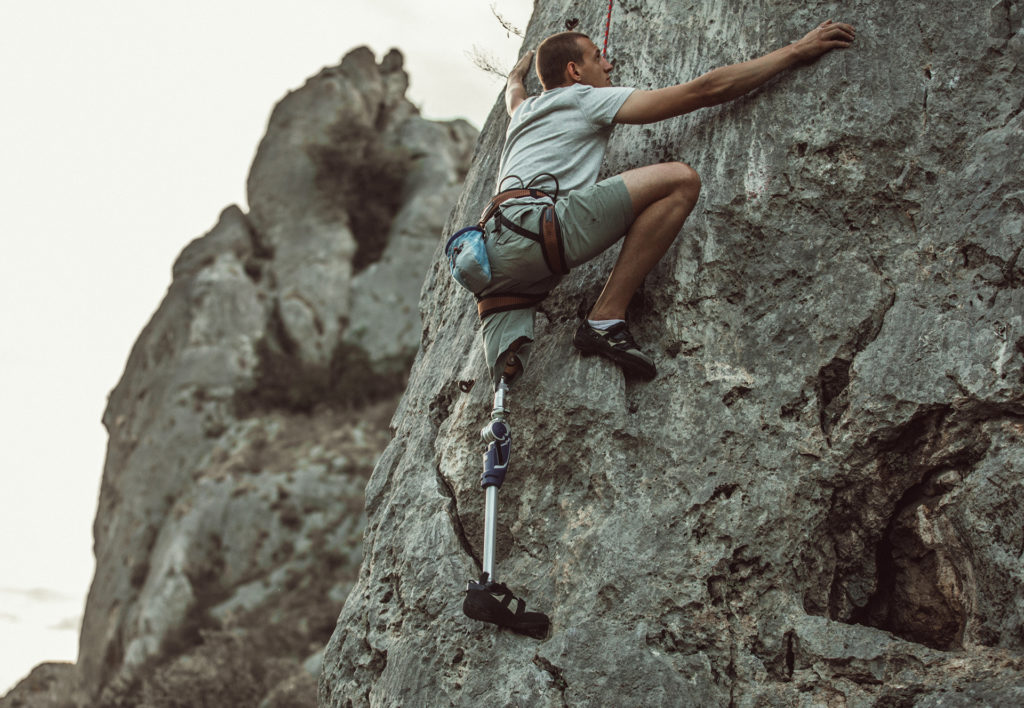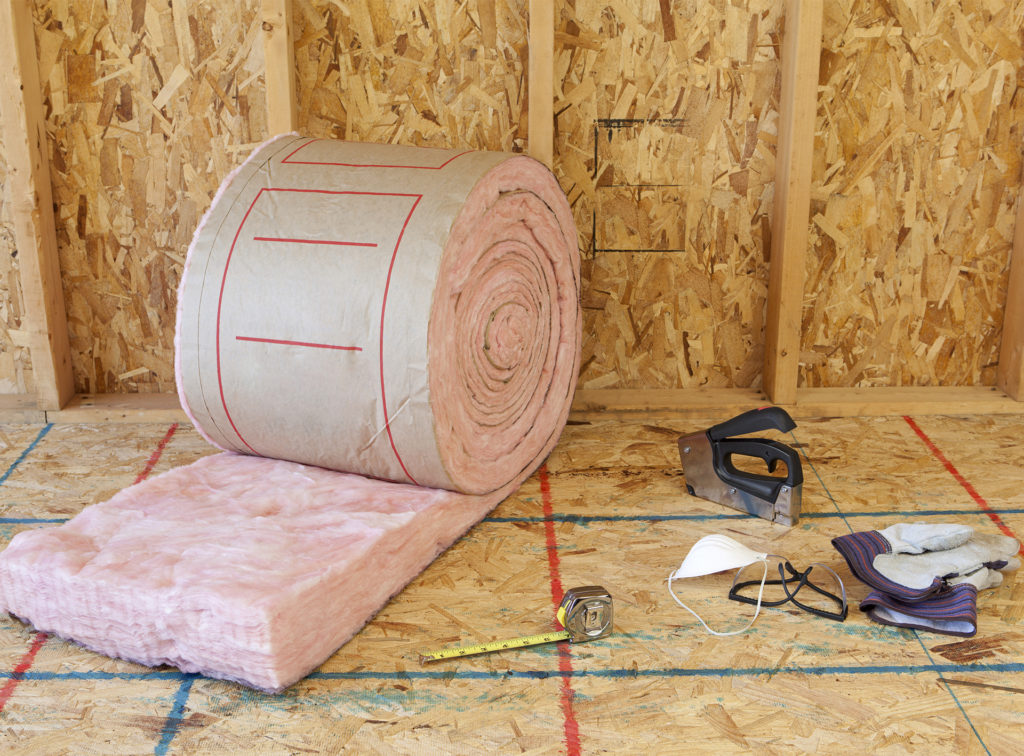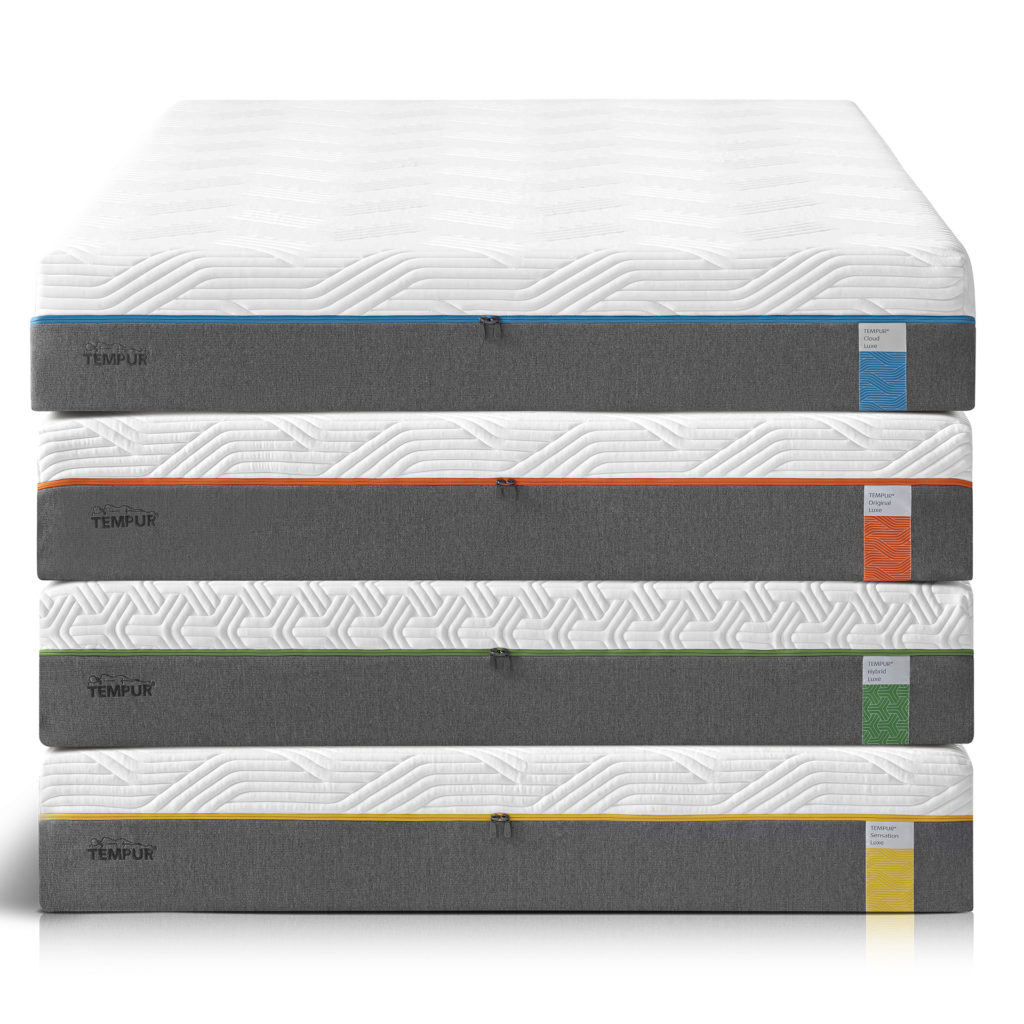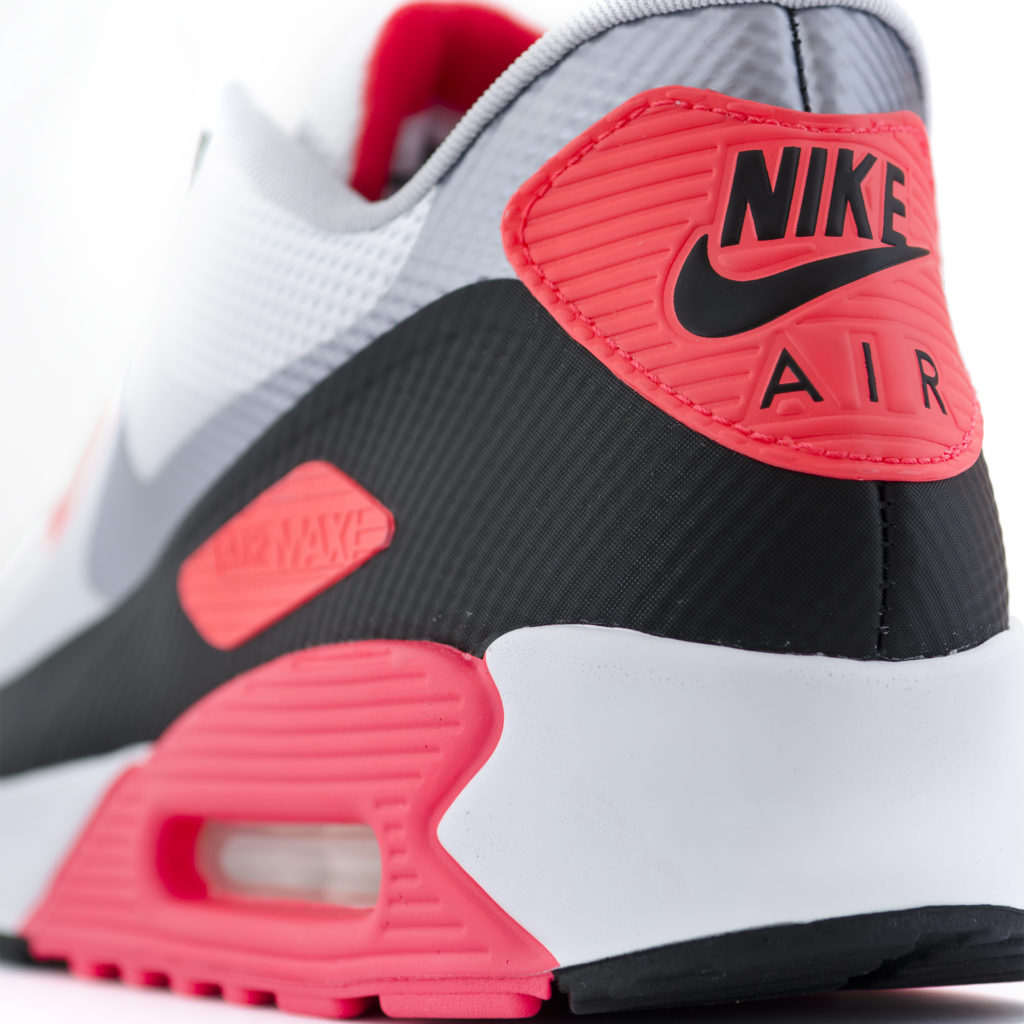Bringing Space Tech Down To Earth
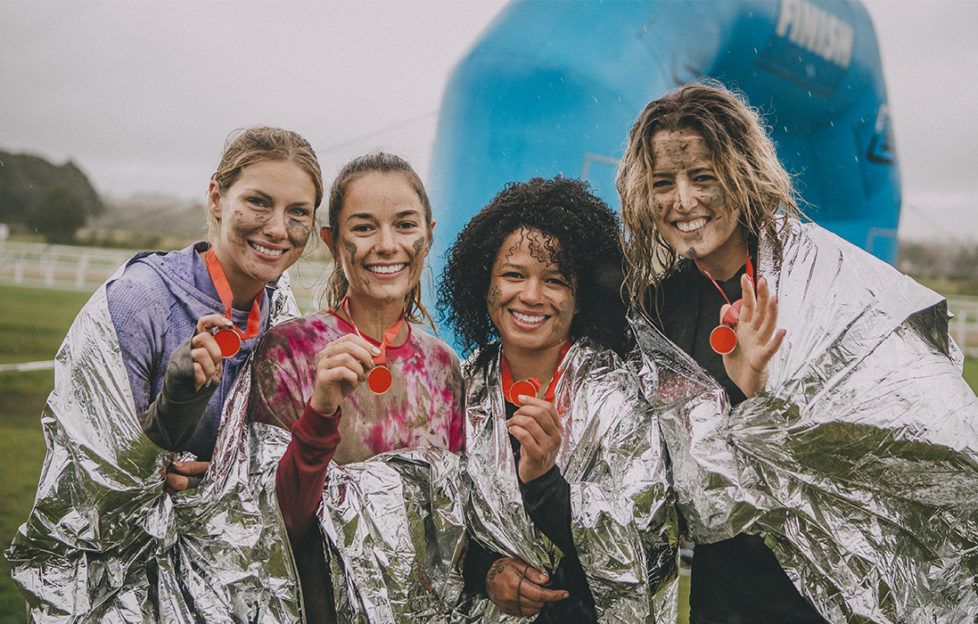
It’s the anniversary of the moon landing on July 20! Premium mattress brand Tempur reveals how by-products of astronautics and aerospace research have made their way into our day-to-day lives.
From artificial limbs to cordless vacuums, we often take space travel spin-offs for granted.
One innovation enjoyed by millions is the pressure-absorbing material used in Tempur mattresses and other sleep products. Developed by NASA scientists in the 1970s to support and cushion astronauts during lift-off, it’s designed to respond to body temperature, shape and weight, relieving pressure points.
“We can thank NASA for so many everyday commercial products,” says Tobin James, Tempur UK Managing Director. “Tempur material is one of the original offshoots of space-related research and innovation.
“As the only mattress product recognised by NASA and certified by the Space Foundation, it’s helping people all over the world enjoy a quality night’s sleep.”
So here are the top 14 intergalactic-inspired items…
HEALTH
1. Scratch-Resistant Lenses
Diamond-hard abrasion-resistant coating was developed for astronaut space helmet visors and other surfaces of aerospace systems by the Lewis Research Centre.
Scratch-resistant lenses were a by-product of this project. Lasting 10 times longer than regular plastic lenses and outdoing even glass on durability, today almost all sunglasses, optical and safety glasses have scratch-resistant plastic lenses.
2. Artificial Limbs
NASA’s research into shock-absorbing materials paired with robotic and extra-vehicular activities has been modified to create functional solutions for animal and human prostheses. This work has improved millions of lives around the world.
3. Infrared Ear Thermometer
Working together, NASA and the Diatek Corporation produced an infrared aural thermometer. The gadget uses technology NASA developed to measure the temperature of stars.
The device measures radiation given off by the patient’s ear using infrared energy. Avoiding contact with delicate muscles, the infrared thermometer can accurately report a newborn baby’s temperature in two seconds.
4. Water Purifying Technology
With the aim of sustaining astronauts living on the International Space Station, this system transforms waste water – from respiration, sweat and urine – into safe, drinkable liquid. It’s filtered through an electrolytic silver iodizer to kill bacteria.
The technology has transformed lives in underdeveloped regions, providing clean, safe, affordable drinking water.
5. Invisible Braces
Ceradyne and NASA’s Advanced Ceramics Research programme created a transparent material to protect radar equipment that was aiming to locate heat-seeking missiles. In 1986 the Unitek Corporation contacted NASA asking for transparent dental material, leading to the development of invisible braces.
6. Foil “Space Blankets”
This cheap, lifesaving space tech equipment helps retain heat in extreme temperatures here on Earth.
However foil blankets evolved from a lightweight insulator developed by NASA to protect spacecraft and people going into space. They are now widely used in emergency relief situations and given to long-distance runners following a race to avoid big fluctuations in body temperature.
AT HOME
7. Cordless Vacuum Cleaners
The Apollo space missions needed a portable drill to extract samples from below the lunar surface. A computer program was developed to maximise the drill’s efficiency, leading to the manufacture of a miniature cordless vacuum cleaner. This became known widely as the DustBuster!
8. Home Insulation
An aluminised polyester, named ‘Radiant Barrier’, is the technology used in most home insulations. NASA crafted this effective lining to reduce the impact of extreme temperatures in outer space.
9. Brainy Baby Formula
The high nutritional ingredients found in infant formulas were devised by NASA as a result of testing whether algae can be used as a recycling agent.
A patented algae-based vegetable oil was created by NASA scientists, and the fatty acids in it were linked to substantial infant mental and visual development. Hence the development of space tech baby formula.
10. Tempur Mattresses
In the early 1970s, NASA developed a pressure-absorbing material for space suits to support astronauts during lift-off. Scientists built on NASA’s creation and perfected Tempur material for use in mattresses.
Now available in 96 countries, the pressure-absorbing material – the formula of which remains a secret – is transforming sleep experience worldwide.
LEISURE TIME
11. Athletic Shoes
The concept for the multi-million-dollar shoe line Nike Air was down to a pitch from a NASA engineer in the 1980s.
The product used shock-absorbent suit construction technology developed by NASA, which led to the manufacture of the iconic Nike design. It went on to become a common feature in the bottom of running shoes.
12. Speedo Racer Swimsuits
The notorious Speedo LZR Racer Swimsuits were designed with the help of NASA, following wind-tunnel testing, as ultra-streamlined swimwear.
The innovative space tech design significantly reduced drag and friction. Wearers broke 23 world records at the 2008 Olympic Games before the rules were changed about what competitors could wear!
13. Camera Phones
A third of all camera phones contain scientific-quality elements produced by NASA at the Jet Propulsion Laboratory in the 1990s. The team worked to create a camera small enough to fit on a spacecraft. In turn, the camera was able to fit into the phones we use today.
14. Wireless Headsets
NASA pioneered wireless headsets so astronauts could communicate with greater ease. The space tech development then led to the range of commercial wireless headsets that are available today.


